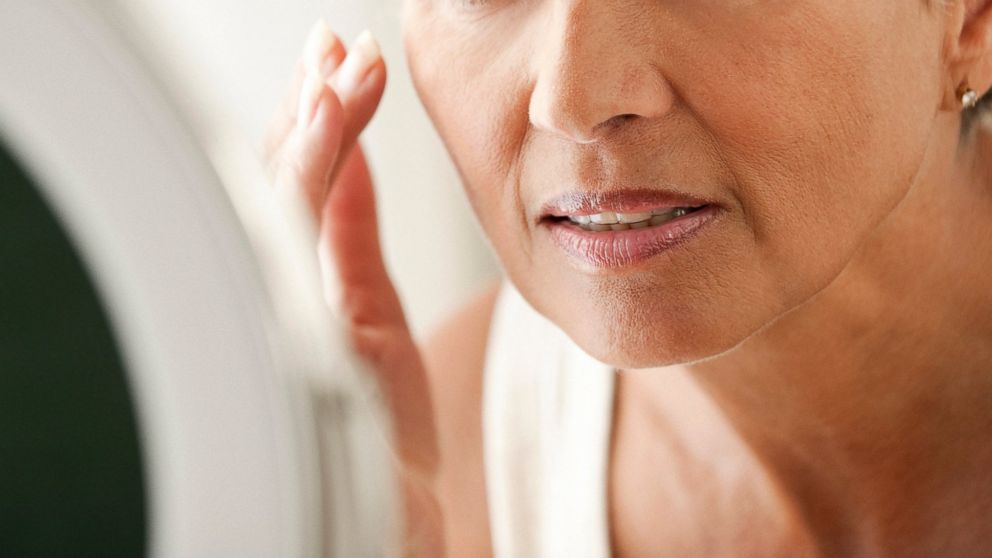New Treatments For Blotchy Skin
The days of using a bleaching agent to correct hyperpigmentation may be over.

March 22, 2014— -- intro:The nation’s top dermatologists may have a few new tricks up their sleeves for getting rid of dark, blotchy spots called hyperpigmentation -- a hot topic at the American Academy of Dermatology's annual meeting in Denver this weekend.
Hyperpigmentation can appear in small patches or cover large portions of the body. Sometimes it can be the result of a medical condition, age or acne. Regardless of the cause, it is tricky condition to treat for the millions of people who suffer from it.
Historically, the gold standard for treating hyperpigmentation has been prescription strength hydroquinone, a skin bleaching agent, which is not recommended for long term use. All the more reason, Dr. Rebat Halder, professor and chairman of the department of dermatology at Howard University, is excited to share cutting edge news about three new ingredients hitting the market soon—including some that are plant-based.
Here are the new ingredients to look out for:
quicklist: 1category: Eating Habits for Better Sleeptitle: Niacinimideurl:text: This is an ingredient used in some “cosmeceuticals,” particularly in moisturizers. Halder says it prevents small melanin particles (what turns your skin brown) from moving from the bottom layer to the top layer of the skin. It is a form of vitamin B3 that blocks the pigment pockets from moving to the skin’s surface.
quicklist: 2category: Eating Habits for Better Sleeptitle: Ellagic Acid url: text:The name sounds scary, but it is actually derived from strawberries, cherries and pomegranates. It works like an antioxidant and decreases melanin production by inhibiting production of a crucial enzyme. Halder says studies show it is better at lightening skin than some of the older known ingredients that fight hyperpigmentation like, Kojic Acid and Arbutin.
quicklist: 3category: Eating Habits for Better Sleeptitle: Lignin Peroxidaseurl: text: Another complicated name, but this one is derived from a fungus that can break down melanin already visible on the skin. This one is not FDA approved yet, but is commercially available in over the counter products found in beauty supplies. Studies are ongoing.
It’s an interesting ingredient because it uses the same technique used to lighten wood pulp to create paper. That is actually how the ingredient was discovered. Lignin is found in wood pulp and when it breaks down, it lightens wood pulp, which is also what it does to skin.
Halder says these ingredients pose no allergy risk so that’s good news for those who have had trouble with other ingredients.
A couple other ingredients that you may have heard of and often see in skin lightening products are also still making waves in dermatology, such as Soy, Kojic Acid, Licorice and Arbutin. Even though they have been around for a while, they are still considered new in the field of dermatology and scientists are still discovering new ways to use them in skincare products.




